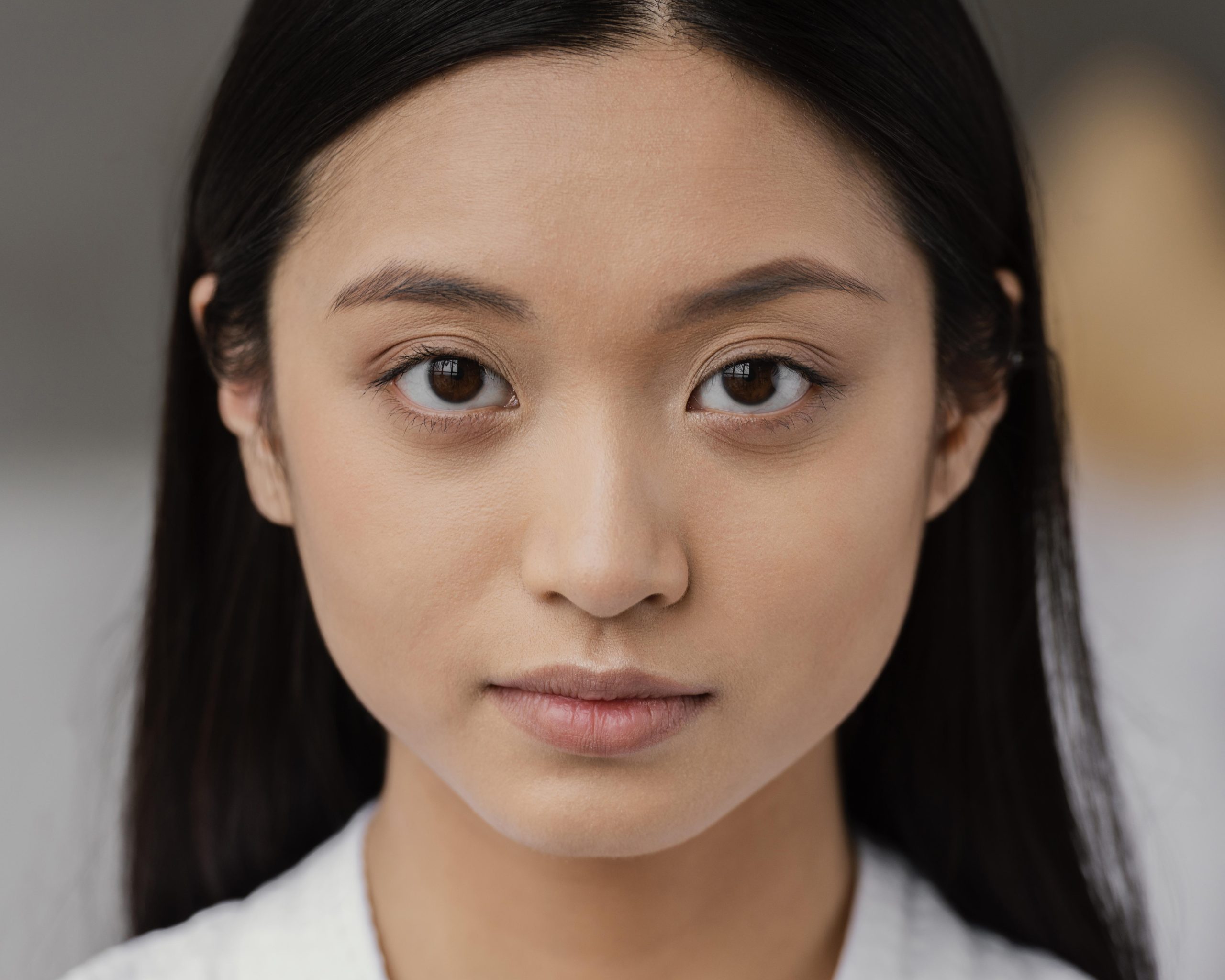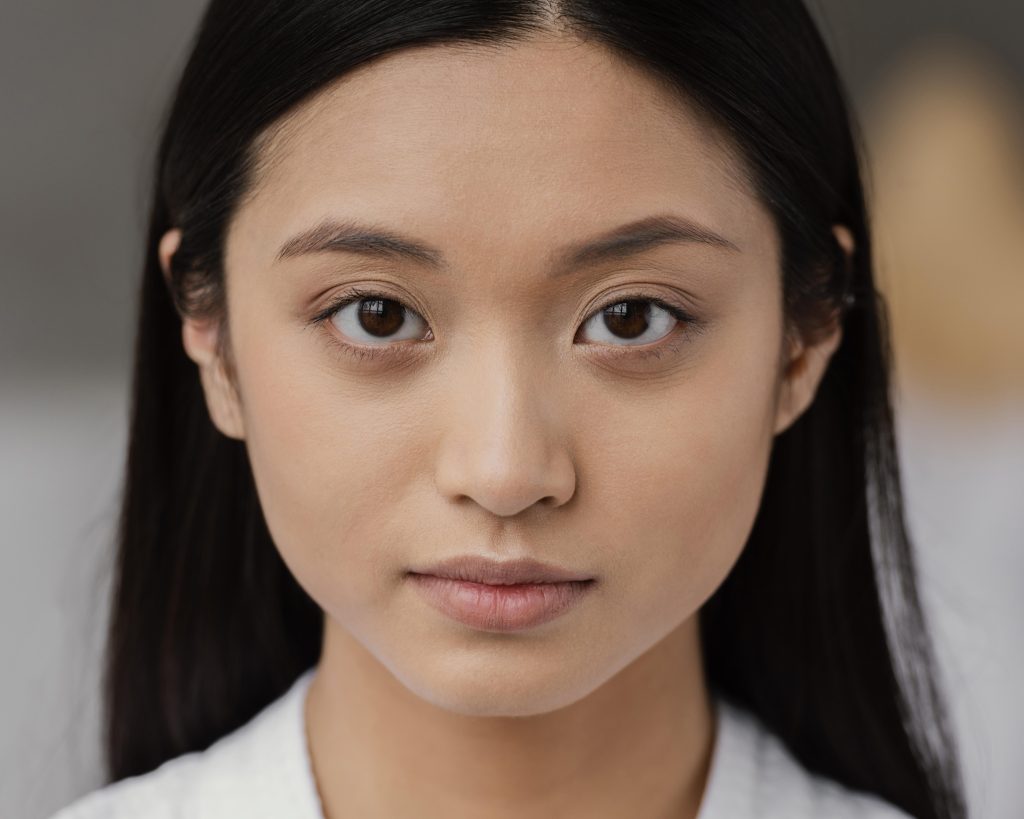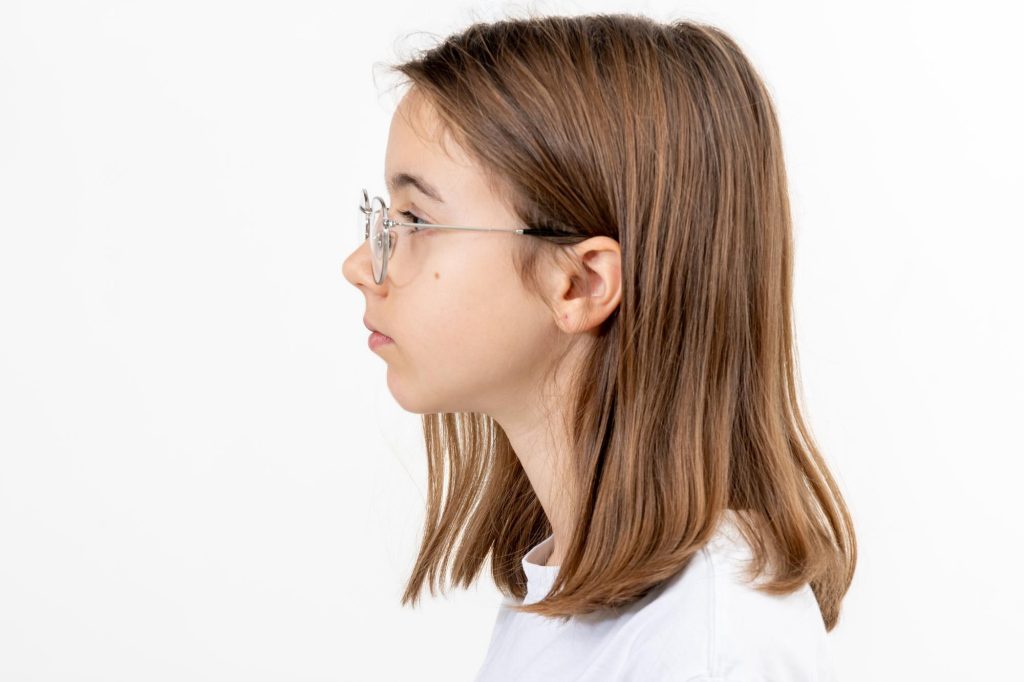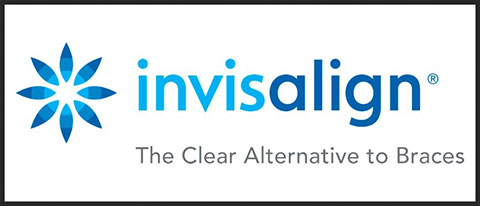Facial symmetry is often linked to beauty. Studies show that people tend to see symmetrical faces as more attractive, healthy, and youthful. In a place like Singapore, where appearance can influence both social and professional life, facial harmony becomes even more important.
Orthodontic treatment is commonly associated with straightening crooked teeth. But its impact goes beyond that. It can also help improve the overall balance of facial features. This article explores how orthodontics can influence facial symmetry, the concerns it can correct, and what patients in Singapore should consider when exploring treatment options.
What Is Facial Symmetry?
Facial symmetry refers to how evenly the features on each side of your face align. While no face is perfectly symmetrical, visible differences can affect how a person looks and how their mouth functions. For example, an uneven jawline may not just be about appearance but it might indicate a bite issue or bone imbalance.
Some people may notice one side of their smile looks different from the other. A chin might appear slightly off-center. The upper and lower teeth may not meet properly. These differences can result from several factors, including genetics, early loss of baby teeth, childhood habits like thumb-sucking, or injuries. In some cases, they are caused by conditions present from birth.
When not treated early, facial asymmetries can become more obvious over time. This is especially true as permanent teeth come in and the face continues to grow.
How Orthodontics Influence the Face
Orthodontics is about more than straightening teeth. It also improves how the teeth, jaws, and facial features relate to each other. When planned carefully, orthodontic treatment can bring harmony to the lower third of the face, enhancing overall facial balance.
Jaw Position and Facial Balance
The position of the jaws plays a key role in facial symmetry. When the upper and lower jaws are not aligned properly, it affects the profile. An overbite, for example, may make the lower face look shorter or pushed back. An underbite can make the chin appear too prominent.
In children, orthodontists may use special appliances to guide jaw growth. This early correction helps avoid bigger issues later. In adults, where growth is complete, jaw repositioning surgery may be necessary. This is often combined with braces to achieve balance and improve both function and appearance.
Midline Alignment and Smile Harmony
The midline is the imaginary vertical line that runs through the center of the face. Ideally, this line should match the point between the upper and lower front teeth. If the dental midline is off even slightly, it can make the smile look uneven or unbalanced.
Orthodontic tools like braces, elastics, and clear aligners can help shift teeth to align with the facial midline. This improves not just the smile, but also the symmetry of the entire face.
Lip and Cheek Support
The position of the teeth affects how the lips and cheeks are supported. In cases of crowded or protruding teeth, or narrow dental arches, the face may appear sunken or flat. Orthodontic treatment can help by expanding the arches or repositioning the teeth. This brings better support to the lips and cheeks, giving a fuller and more natural look.
Improved support also helps the lips sit more comfortably, which can enhance both appearance and function.
Chin Alignment and Bite Correction
A crooked or shifted chin is a common sign of facial asymmetry. This often happens when the bite is off, such as in crossbites or uneven jaw growth. Orthodontics can help bring the chin back into better alignment, especially if treatment starts early.
In milder cases, braces alone may be enough. In more complex situations, jaw surgery may be needed to shift the jaw into the correct position. Either way, correcting the bite helps bring symmetry to the lower part of the face.
Early Intervention and Growth Guidance
It’s recommended for children to have their first orthodontic evaluation by age seven. This early check-up allows orthodontists to spot problems with jaw or tooth development while the bones are still growing. Early intervention can guide growth and often prevent the need for more invasive treatment later.
For instance, if a child’s upper jaw is too narrow, a palatal expander can widen it. This makes space for adult teeth and improves facial balance. If the lower jaw is underdeveloped, functional appliances can help move it forward into a better position.
Starting treatment at the right time can greatly improve both facial symmetry and long-term oral health. It’s also more comfortable for the patient when treatment is spread out gradually over the growing years.
Orthodontics for Adults: Is Change Still Possible?
Yes, adults can still benefit from orthodontic treatment even if they no longer have growing bones. Many adults in Singapore choose treatment not just for straighter teeth, but to enhance their overall facial appearance.
Modern options like clear aligners and self-ligating braces make treatment more comfortable and discreet. These tools can subtly improve facial proportions while aligning the teeth.
For adults with more severe jaw issues, a combination of braces and jaw surgery (orthognathic surgery) might be needed. This approach is often used to correct conditions like a long lower face, recessed chin, or major bite imbalances. While this kind of treatment takes time and planning, the results can be life-changing in both looks and in function.
Common Facial Asymmetry Concerns Orthodontics Can Address
Orthodontic treatment can correct more than just crooked teeth. It also helps improve facial balance by addressing several common asymmetry issues. Many patients in Singapore seek orthodontics not just for a better bite, but also to improve how their facial features align.
Protruding or Retruded Jaws
One frequent concern is when the upper or lower jaw sticks out too far or sits too far back. This imbalance can affect the way the chin, lips, and nose look in profile. With orthodontic treatment and sometimes jaw surgery, the jaws can be moved into better alignment. This improves both appearance and bite function.
Shifted Facial Midline
Another common issue is when the line between the upper and lower front teeth doesn’t match the center of the face. This may seem minor, but it can make a smile look off-center, especially in photos.
Braces or clear aligners, often used with elastics, can help shift the teeth back into the correct position. Once corrected, the face and smile appear more balanced.
Anterior Open Bite
An open bite happens when the upper and lower front teeth don’t touch when the mouth is closed. This often creates an overly long appearance in the lower face and can affect how the lips sit. Fixing this bite issue improves chewing and speech, and it also helps shorten the lower facial height, leading to better symmetry.
Asymmetrical Smiles
Some people notice that one side of their smile looks different from the other. It may show more gum, more teeth, or appear more lifted on one side. This can be caused by uneven jaw growth, tooth position, or differences in the dental arches.
Orthodontic treatment can help align the arches and teeth, creating a more even and confident smile.
Cultural Attitudes and Aesthetic Preferences in Singapore
Singapore is home to a diverse mix of cultures, and this influences how people view beauty. In Western cultures, sharp angles and strong jawlines are often admired. But in East and Southeast Asian communities, softer and more balanced facial features are typically preferred. Despite these differences, facial symmetry is valued across all cultures.
This shared appreciation for harmony explains why many people in Singapore pursue orthodontic care. Young adults and working professionals often seek treatment to improve not just their bite, but also their appearance. Orthodontists here understand these goals and often tailor treatment plans to create subtle but meaningful facial improvements.
The Influence of Technology and Social Media

Photo by Freepik
With the rise of social media, video calls, and selfies, more people are paying attention to how their faces look on camera. Small misalignments or uneven features that might once have gone unnoticed are now easier to spot. This growing awareness has led more individuals to seek orthodontic solutions. Not only to straighten teeth, but also to feel more confident in their appearance.
Orthodontics offers a way to achieve that confidence. Whether it’s correcting a slightly crooked smile or addressing more noticeable asymmetries, treatment can make a real difference in how a person looks and feels. With proper planning and care, facial harmony is within reach.
Advanced Orthodontic Technologies Enhancing Facial Symmetry
Orthodontic care in Singapore has advanced significantly in recent years. New technologies now allow for more accurate, comfortable, and visually appealing treatments especially for patients looking to improve facial symmetry.
3D Imaging and Digital Planning
One of the most useful developments is 3D imaging. Tools like intraoral scanners and cone beam CT (CBCT) give orthodontists detailed, three-dimensional views of the teeth, jaws, and facial structure. This allows them to assess facial proportions from every angle.
With digital planning software, orthodontists can also simulate how different treatments will affect a patient’s appearance. This makes it easier to plan tooth movements that not only fix the bite but also improve facial balance.
Clear Aligners for Precise, Discreet Correction
Clear aligner systems, such as Invisalign, are especially popular among adults and teens. These aligners are nearly invisible and designed using precise digital models. This lets orthodontists control tooth movements carefully, even small shifts that affect facial harmony.
Clear aligners are a great choice for those who want to improve their smile and facial symmetry without visible braces.
Self-Ligating Braces for Greater Comfort
Self-ligating braces are another innovation. Unlike traditional braces, they don’t use elastic ties. Instead, they rely on clips to hold the wire, which allows teeth to move more freely. This reduces pressure and often leads to shorter treatment times.
Because these systems allow for gentler, more controlled movement, they can also help preserve the natural shape and balance of the face.
Team-Based Care for Complex Cases
In cases where jaw alignment affects facial symmetry, a team approach may be needed. In Singapore, orthodontists often work closely with oral surgeons, paediatric dentists, and even ENT specialists. This is especially true for patients undergoing jaw surgery.
Collaboration ensures that treatment is not only effective but also results in better facial proportions and improved function.
What Patients Should Expect
Orthodontic treatment for facial symmetry requires careful planning and commitment. At the first consultation, the orthodontist will carry out a full assessment. This usually includes clinical photos, X-rays, and sometimes 3D scans. The evaluation looks at the alignment of the teeth, bite, facial features, and soft tissue structure.
Personalised Treatment Plans
No two faces are alike. That’s why every treatment plan is customised. The orthodontist will consider your age, facial structure, treatment goals, and preferences before recommending a plan. Depending on the case, treatment may involve braces, aligners, or even jaw surgery.
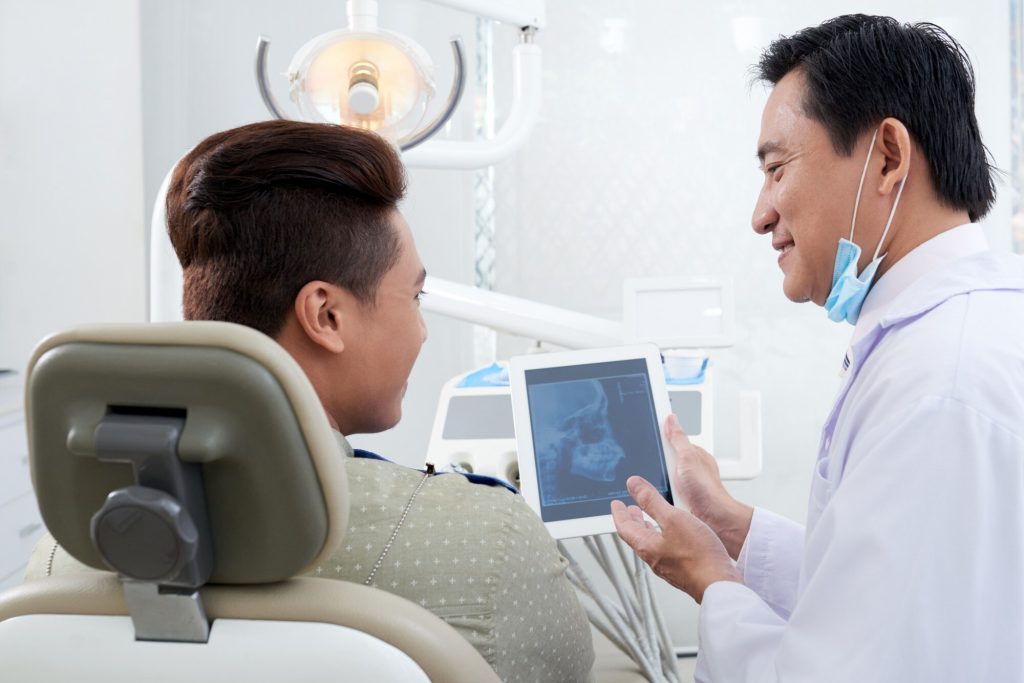
Photo by Freepik
Most orthodontic treatments last between 12 to 24 months. Patients will need to attend regular appointments and follow instructions closely. This might include wearing aligners for a set number of hours each day or using elastics to correct the bite. Consistency is key, especially when the goal is to improve facial symmetry.
Age Is Not a Barrier
Although children and teens benefit most from growth-related treatments, adults can still see major improvements. With modern tools and techniques, orthodontists can achieve impressive results at any age. The key is to have realistic expectations and be willing to follow through with the process.
Final Thoughts: A Holistic Approach to Beauty and Function
Orthodontics is more than just straight teeth. It plays a powerful role in creating balance in the face. By aligning the teeth and jaws, orthodontists help improve not just how people look but also how they feel about themselves.
In Singapore, many patients turn to orthodontics to boost their confidence and quality of life. Whether it’s a student wanting a more balanced smile or a professional seeking a refined profile, treatment offers a meaningful path forward.
If you’re considering orthodontics and wondering whether it could help with facial symmetry, start with a consultation at About Braces. With the right diagnosis, technology, and guidance, a more confident, harmonious appearance is possible for everyone.

